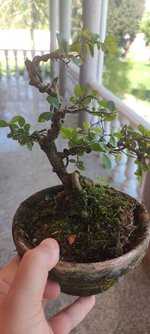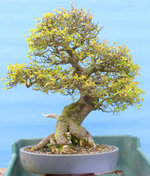giventofly
Mame
I went to a nursery this weekend and saw some chinese elm that I really like and took home, they had some big "on top" roots and I asked the owner how he did achieve that, and he said the trick was when the plant is very young and growing up leave with little to no substrate and that would make the roots go big and twisted like that and could only be done in the infancy of the tree.
Is this true? Can this not be maximized later in life?


Is this true? Can this not be maximized later in life?





